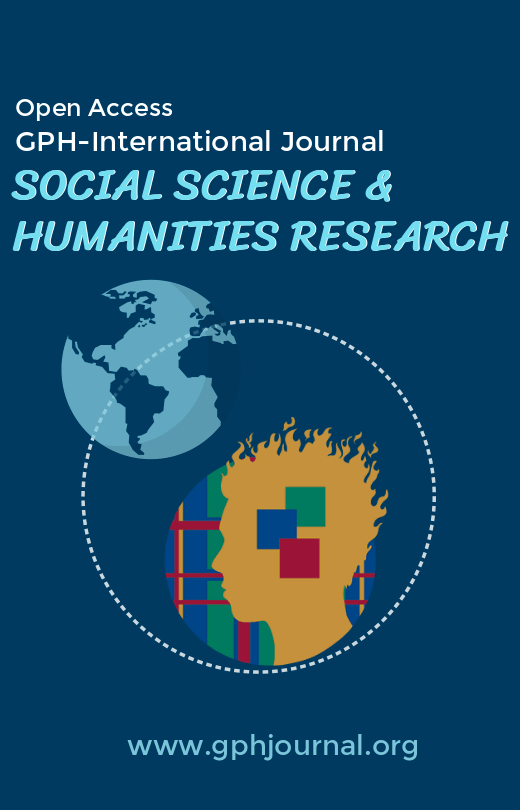FOCUS CONSTRUCTION IN KOLOKUMA
Abstract
This is a descriptive work that discusses focus construction in the Kolokuma Dialect of the Izon Language. A North Central Ijoid Lect under the Niger-Congo Phylum, spoken in the Kolokuma/Opokuma Local Government Area in Bayelsa State. The objective of this paper is to examine and describe focus construction in Kolokuma with a view to determining how the focus is realised in the language and the constituents that can be focused. Exploiting a native speaker’s intuition, data was collected and analysed on Kolokuma through oral interviews. The study shows that focus in Kolokuma is primarily in-situ, that is, it is realised clause internally. The study also shows that the language encodes focus morphologically, using the particles ‘ki’, ‘ko’ and ‘kiri ki’ as focus markers. Some of the constituents that can be focused on in the language are the subject NP, the object NP, the object of the preposition NP, and the verb. The particle ‘ko’ is used to lay emphasis on locatives (postpositions of location), while ‘ki’ is used for other prepositions and NPS. ‘Kiri ki’ is used to focus on short pronouns. The verb is the only constituent that is fronted in the language; it is fronted to a pre-verbal position and a copy is left at the construal site.
Downloads
References
Jackson, H.(2007). Key term in linguistics. London: Continuum.
Lambrecht, K. (2001). ‘A Framework for the analysis of cleft constructions’. Linguistics, 39(3).
Matthews, P.H. (2007). Oxford concise dictionary of linguistics. New York: Oxford University Press.
Quirk, R. & Greenbaum, S. (1973). A university grammar of English. Hong Kong: Common Wealth Printing Press.
Valin, R.D.V. (1999). ‘A typology of the interaction of focus structure and syntax’ in E.Raxilina and J. Testelec eds. Typology and the theory of language: From description to explanation. Moscow: State University of New York.
Copyright (c) 2022 OKOTORI, EBIKILA BETTY

This work is licensed under a Creative Commons Attribution-NonCommercial-NoDerivatives 4.0 International License.
The authors and co-authors warrant that the article is their original work, does not infringe any copyright, and has not been published elsewhere. By submitting the article to GPH-International Journal of Social Science and Humanities Research, the authors agree that the journal has the right to retract or remove the article in case of proven ethical misconduct.














 Firozpur Jhirka, Haryana, India
Firozpur Jhirka, Haryana, India

